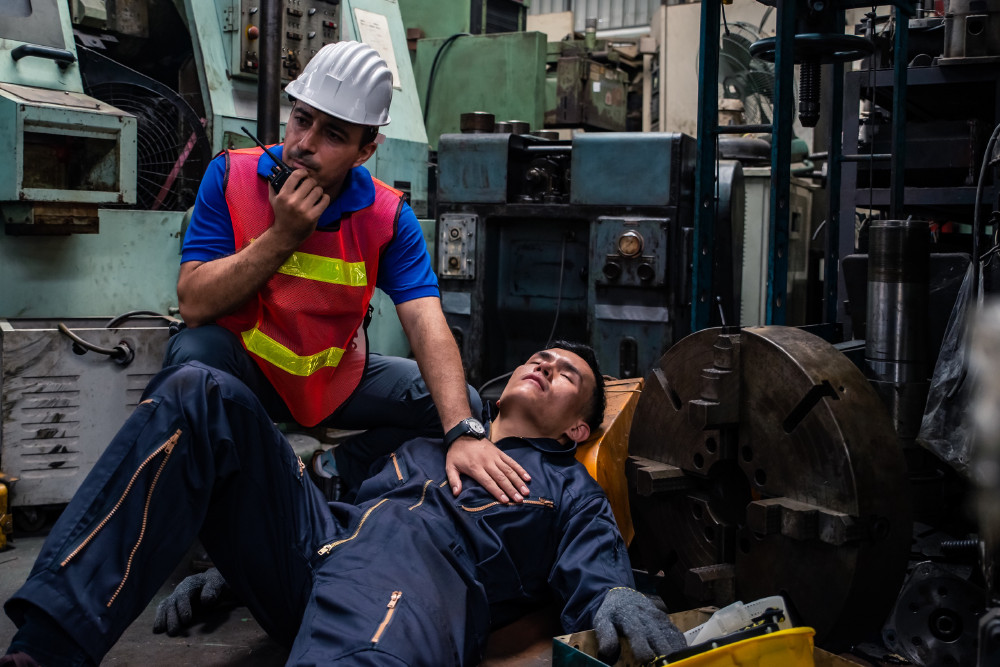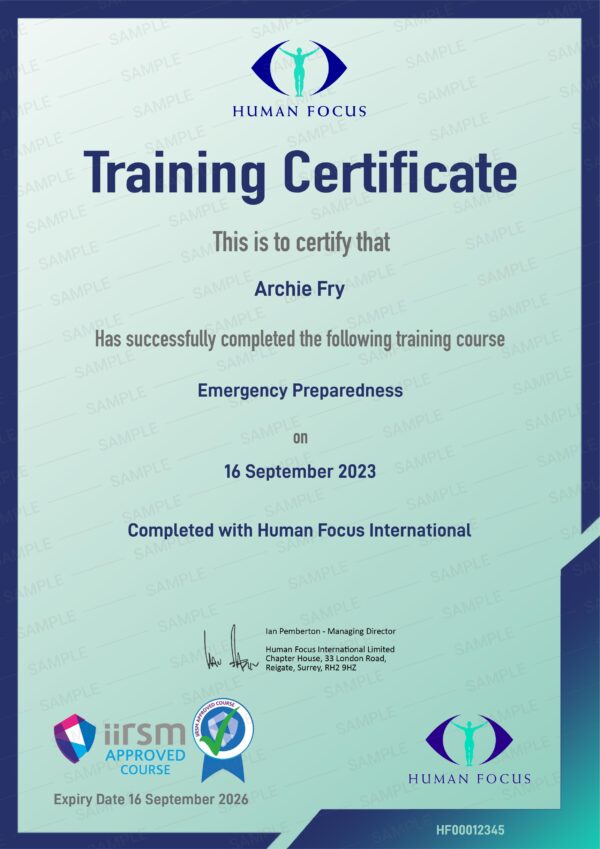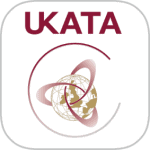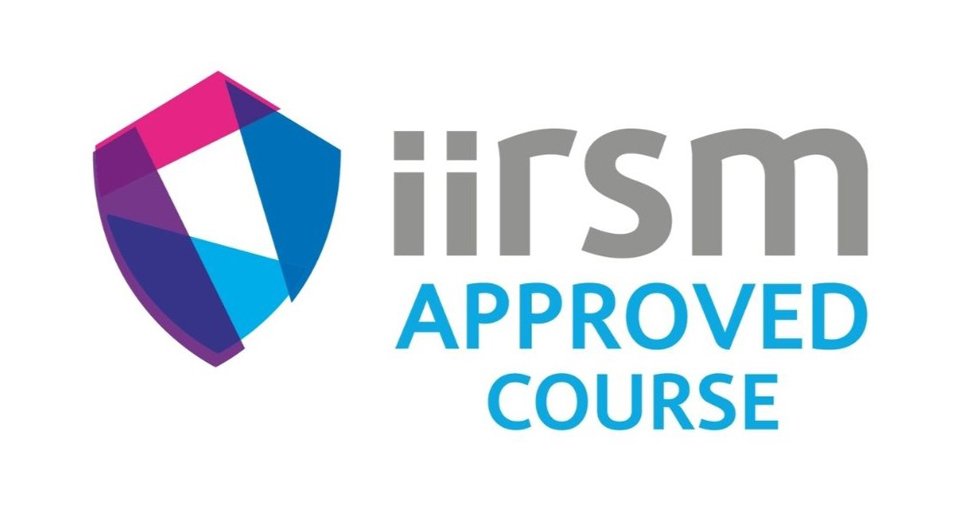Failing to prepare for an emergency leaves you and your organisation unnecessarily vulnerable. This emergency preparedness training course will help to prepare you and your staff the best response should the worst happen. Trainees develop an awareness of the emergency preparedness process and universal emergency management principles that let them act effectively when under pressure.
Emergency Preparedness Training
Course Duration: 35+ minutes
Course Preview
Course Details
| Course Duration | 35+ minutes |
|---|---|
| Approval body | IIRSM |
| Format | Fully online |
| Assessment | Multiple choice |
| Certification | Same-day digital certificate |
| Certificate Valid For | 3 years |
Suitable For
Course Content
This course contains the following sections:
Provides a thorough understanding of what’s considered a workplace emergency that could threaten health, life, property or the environment.
Looks at an emergency response plan and explains how to respond to an emergency in the best way possible.
Discusses the role and duties of the incident controller, both during an emergency and later investigating the incident.
Explores the need for first responders along with their duties in creating a safe work environment.
Looks at the specific roles and duties of on-site emergency responders and first aiders plus the equipment they need to minimise health risks.
Explains the role of site escorts during an incident.
Explains the roles of the gatehouse during a worksite emergency, including how and when to contact emergency services.
Explains the role of a fire warden in ensuring fire safety on the premises.
Looks at control measures that minimise the risk to people, life and property during an environmental emergency.
Develops awareness of fire risks and explains what to do during a fire emergency.
Explains how to minimise electrocution hazards and what to do if someone has suffered an electric shock.
Explains how to help someone after a fall from a height and the proper emergency procedures.
Explains how to help unconscious casualties, including resuscitation techniques that help stabilise them until professional help arrives.
Explores case studies that highlight the importance of emergency preparedness.
What You Will Learn
Available in 13 Languages
Course Approval Body
The course certificate includes:
- User name
- Company name
- Course name
- Completion date
- Expiry date
- Approval body
An IIRSM-approved certificate will be available for download and printing instantly upon course completion.
Users must complete an assessment before earning their certificate.
The end-of-course test is:
- Fully online
- Multiple choice
A score of 80% is required to pass.

Customer Feedback
Why is this Emergency Preparedness Course important?
Every organisation must adequately prepare for emergencies that may occur during their operations. Preparedness must include having appropriate equipment on hand, plus trained first aiders and other emergency staff in place. And every employee has to know and understand their role.
Failing to prepare emergency response measures leaves your staff vulnerable to significant injury and loss of life in an emergency event. You’ll also be exposed to legal action, including fines for non-compliance, as well as irreparable damage to your organisation’s reputation.
What are your Responsibilities for Emergency Preparedness?
Employers must follow emergency preparedness guidelines to ensure the safety of their employees and create a secure working environment.
Legislation demands employers:
- Place clear and visible signs that display emergency exit routes
- Establish an emergency response plan and communicate it to employees
- Conduct a comprehensive risk assessment to identify and mitigate possible hazards in the workplace
- Establish clear, efficient communication protocols to ensure a prompt response to an emergency
- Provide necessary information and training to staff to familiarise them with emergency procedures
Emergencies at work can pose an immediate and significant risk to you, your staff and your property. Preparing for any kind of emergency is critical to minimise the potential harm of a critical workplace incident.
Our online emergency preparedness course helps you understand and implement effective emergency response plans. You’ll learn practical emergency management techniques to help prepare you and your teams for any urgent situation.
Frequently Asked Questions
For any emergency response to work well, everyone needs to be aware of what procedures are in place and what they need to do. Training supports the planning of an effective emergency response and helps staff understand their responsibilities during a critical situation.
And to ensure that your emergency procedures are working, they must be tested, evaluated, and adjusted according to your organisation. Training helps you anticipate the specific problems that might happen at your workplace and identify effective control measures.
Our online emergency preparedness course does not have any expiry day. However, it’s recommended to refresh your knowledge every three years to keep up with current workplace safety legislation.
Our emergency preparedness and response training course equips trainees with vital knowledge to effectively respond to emergencies. This creates a sense of confidence and readiness in staff and helps protect people in life-threatening or high-pressure situations. The course also supports employers in meeting their legal duty to establish emergency response policies and plans.







